What is flat white Australian White Coffee White Latte and Cabo Coffee Milk ratio difference in taste
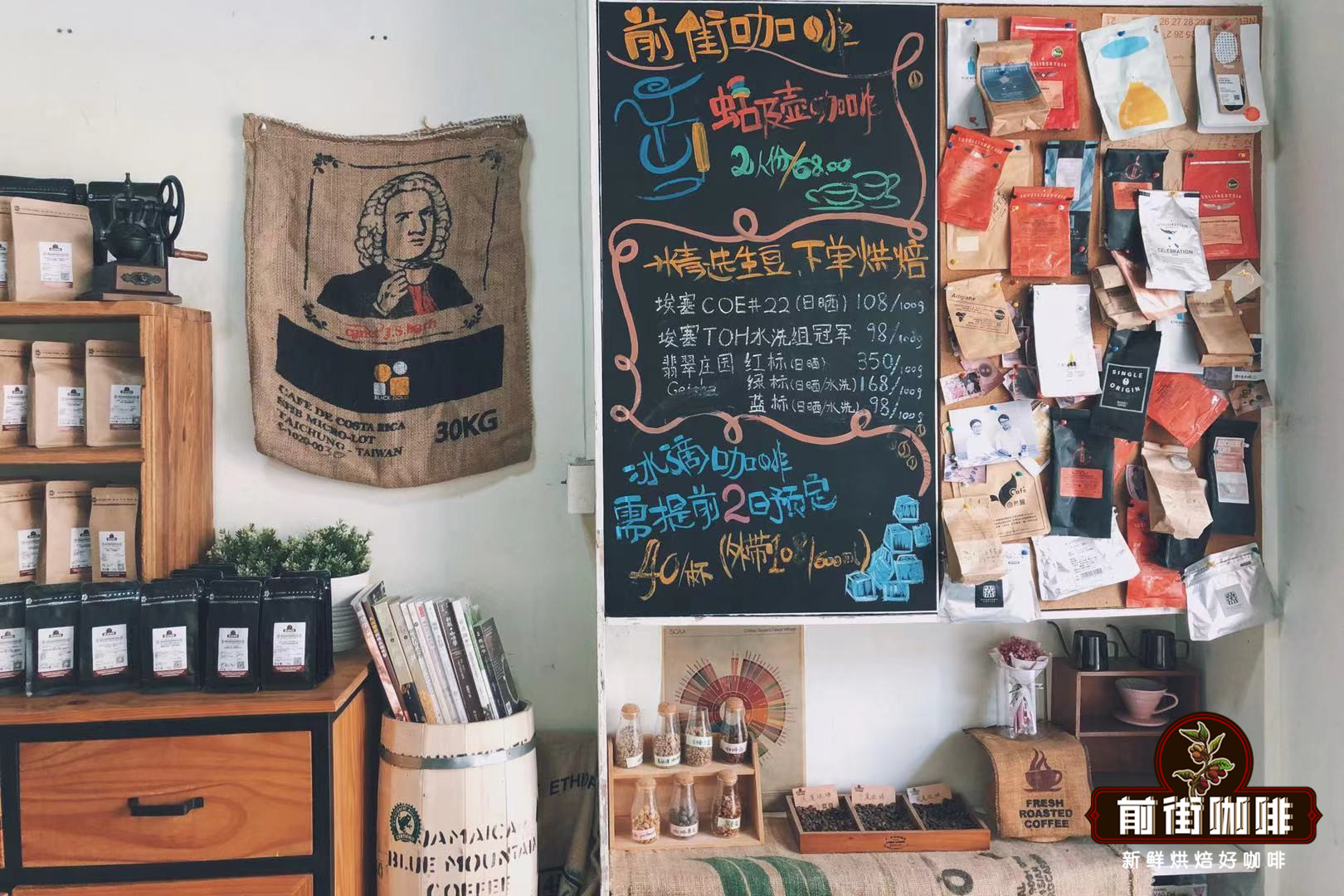
Professional coffee knowledge exchange more coffee bean information please follow the coffee workshop (Wechat official account cafe_style)
When it comes to espresso, everyone will think of lattes, cappuccinos, mochas, etc., but absolutely few people will mention Flat white, so what kind of espresso is this? Then in this next article, Qianjie Coffee will come to popularize some knowledge about Flat white coffee.
What is Flat white coffee?
Frey White Flat white is a coffee drink that originated in Australia, so it is also known as Australian White Coffee, but some people argue that Australian White Coffee actually originated in New Zealand. In addition to the origin controversy, the practice of Australian White Coffee is also different. Australian White Coffee is a milk coffee drink with stronger coffee flavor / less milk and thinner milk. When it comes to the choice of concentrated base, New Zealanders like to use double essence espresso (Double Ristretto) to make Australian white coffee, while Australian baristas prefer single espresso (Single Espresso).

And according to Qianjie Coffee, in Australia, people can only make Australian white coffee hot, because once ice is added, this is a cup of Australian white coffee that loses its soul, because the ice will dilute the overall concentration. so it can also be understood that Australian white makes cold lattes.
How to tell the difference between Australian white coffee and latte?
So how to tell the difference between Australian white coffee and latte? It depends on the espresso ratio between them, because in fact, the ratio of Australian white coffee to latte will be different from each other. The previous street coffee products are as follows:
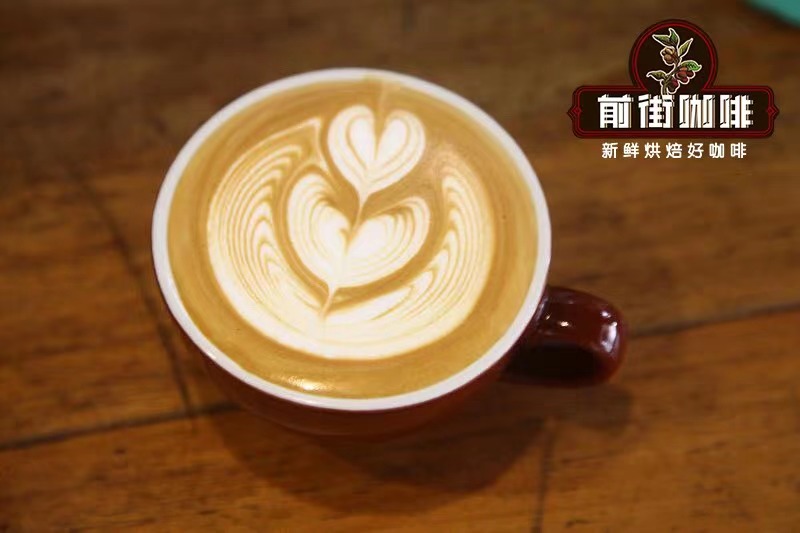
The latte standard of Qianjie Coffee: ceramic coffee cup with 300ml capacity, 40g espresso base, milk and milk foam 260ml. The thickness of the milk foam is about 1 cm (the degree of milk foam: 5 points full of milk to 7 points full of milk foam).
The standard of Australian White Coffee produced by Qianjie Coffee: glass with 220ml capacity, 30g Italian espresso, milk and milk foam 190ml. The thickness of the foam is about 0.5 cm. (the degree of milk foam: 5 points full of milk to 5.5-6 points full of milk foam).
Difference: in terms of cup size, latte coffee is larger than Australian white coffee. According to the appearance observation, the milk foam of latte coffee is slightly thicker and slightly protruding, while Australian white coffee milk foam is slightly thinner and flat. In terms of flavor, the milk flavor of latte coffee is more intense, while that of Australian white coffee will be more prominent. So Australians will joke that lattes are coffee-flavored milk (meaning essentially milk), while Australian white is milk-flavored coffee (meaning essentially coffee).
How to make Australian white coffee?
Then how to make Australian white coffee? How to make latte? What kind of coffee beans are suitable for making espresso? Next, Qianjie Coffee will answer for you one by one.
Qianjie Coffee uses Pegasus E98 espresso machine, extraction parameters:
Pressure: 9 bar
Temperature: 94 degrees
Time: 20: 30 sec
Ratio of powder to water: 1. 7: 1. 1: 2.
Powder content: 12g (single espresso) 20g (double espresso)
Extraction concentration: 20ml (single part) 40ml (double part)

Recommend the ratio of milk to coffee in Australian white coffee
Milk: full-fat fresh milk (Weiji fresh milk used in front street)
Milk temperature: 50-60 degrees Celsius (too low temperature can not stimulate the development of lactose in milk, too high temperature will destroy the protein in milk and turn it into dregs)
Thickness of milk bubbles: 5mm (1cm milk bubbles make lattes, 1.5cm thick milk bubbles make cappuccino)
Espresso content: 40ml
Milk content: 140ml
The proportion of lattes is as follows:

The front street uses the Pegasus E98 espresso machine.
Pressure: 9 bar
Temperature: 94 degrees
Time: 20: 30 sec
Ratio of powder to water: 1. 7: 1. 1: 2.
Powder content: 12g (single espresso) 20g (double espresso)
Extraction concentration: 20ml (single part) 40ml (double part)
Qianjie lattes are made with double espresso. After extraction, the coffee beans are characterized by obvious acidity, a hint of berry aromas, rich wine and chocolate flavors and a comfortable aftertaste.
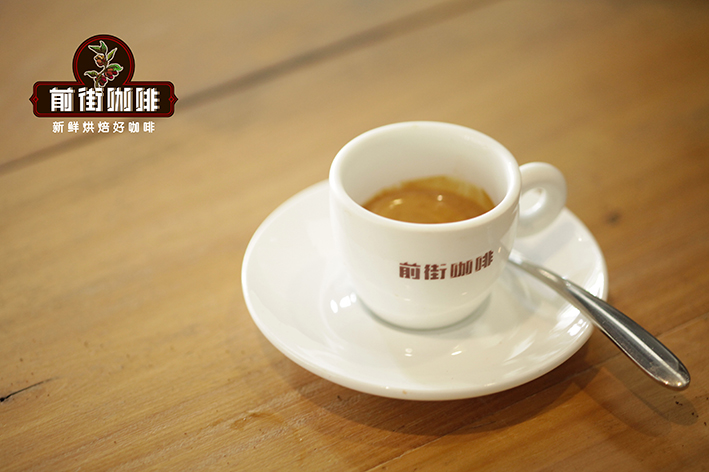
Milk: full-fat fresh milk (Weiji fresh milk used in front street)
Milk temperature: 50-60 degrees Celsius (too low temperature can not stimulate the development of lactose in milk, too high temperature will destroy the protein in milk and turn it into dregs)
Foam thickness: 1 cm (thinner than 1 cm is made from Australian white coffee, and cappuccino coffee is made from 1 cm thicker foam)
The above are the parameters used by Qianjie Coffee in making Flat white coffee and latte coffee. The second is Qianjie Coffee. It is known that each coffee shop uses different flavor of Italian blended beans and different models of Italian coffee machine, so there are slight differences in the ratio of milk to coffee, beans and extraction parameters in each store.
But in general, a latte is a coffee drink with a large amount of milk mixed with espresso. The latte flavor made by different coffee beans will also be different, and the latte flavor made by different milk is also different, even through the different ratio of coffee to milk.
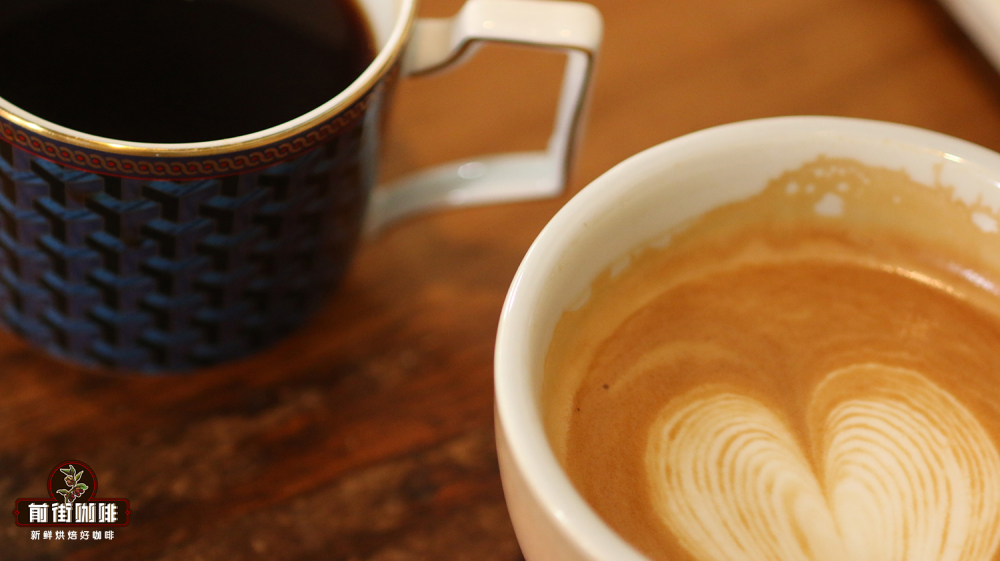
What kind of coffee beans are used in Italian concentrate?
Qianjie Coffee also mentioned above that espresso is made from espresso with milk, which actually determines what the flavor of espresso favors. It is necessary to know what coffee beans it uses, and what coffee beans should be used to make espresso.
Generally speaking, coffee beans that make espresso must be suitable for espresso machines, so lightly roasted coffee is not suitable for making lattes. The deeper the roasted beans, the stronger the latte (caramel, bitter). The shallower the coffee beans, the more obvious the milk taste of the latte. Therefore, the baking degree should be moderate to make coffee and milk more compatible.
Because the Italian coffee machine has a very distinct feature is that it will enlarge the original flavor of the coffee beans, and the acidity of the coffee beans roasted lightly will be more prominent, and the acid quality will be more obvious if extracted with the Italian coffee machine. therefore, lightly roasted coffee beans are not suitable for making espresso.
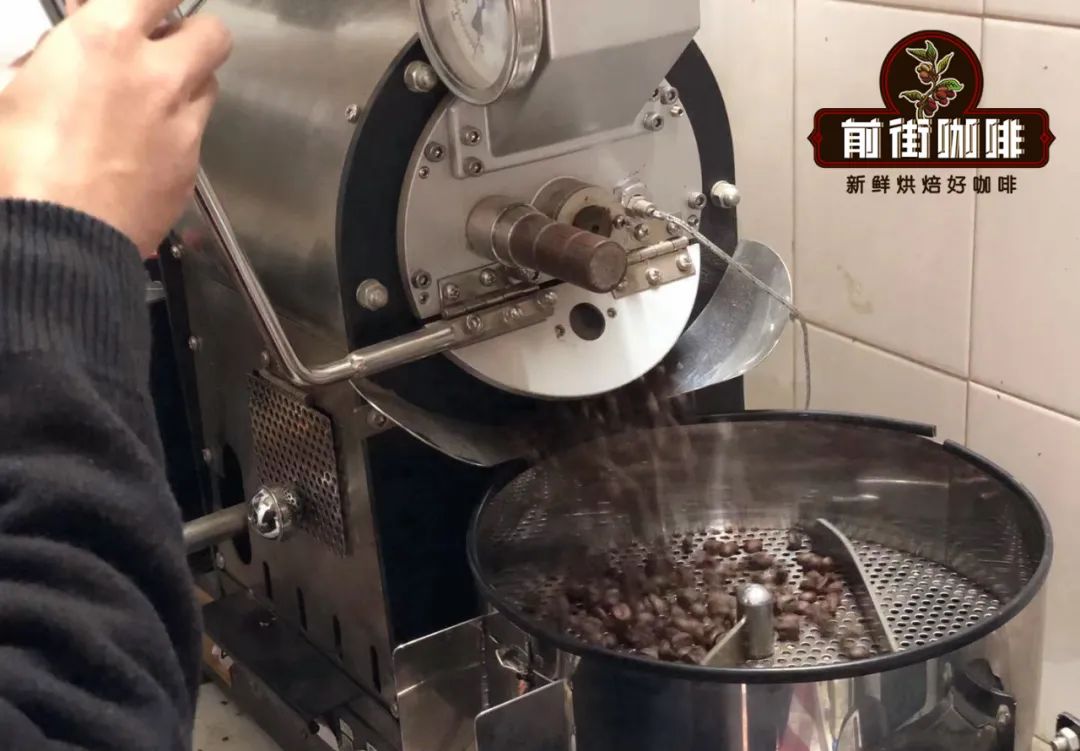
For example, the self-made sunflower warm sun series currently used in Qianjie Coffee is the most proud blend of Qianjie Coffee, which is made of Honduran Shirley Coffee and Yega Shirley Red Cherry Coffee. Blend into the milk to highlight the rich chocolate, caramel, slightly tipsy flavor.
Next, Qianjie Coffee will introduce the characteristics of this coffee bean.
Qianjie coffee sunflower sunflower blend flavor: obvious acidity, light berry aroma, wine aroma, rich chocolate flavor, return sweet obvious. Recipe: Honduras Shirley: Yega Red Cherry = 7:3
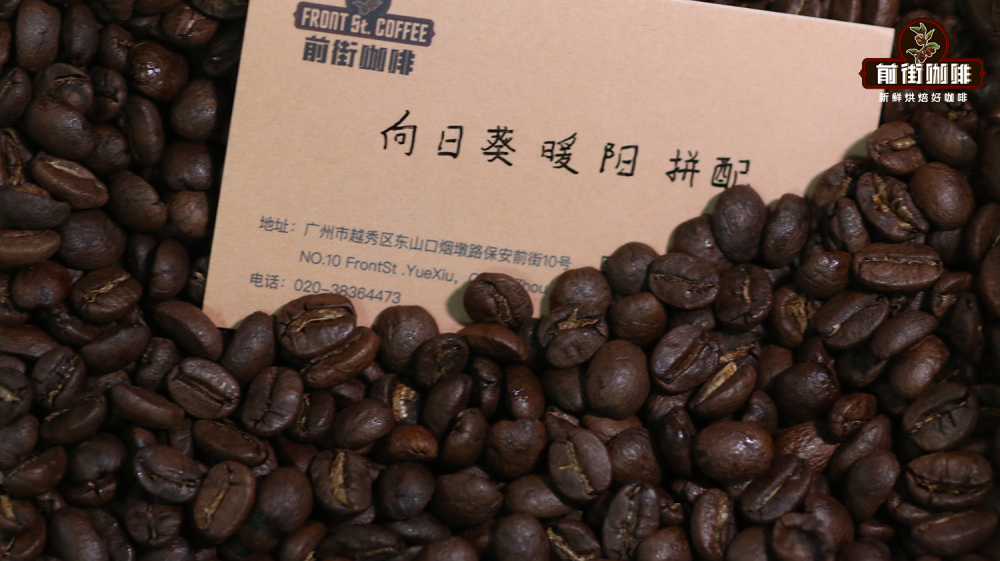
This matching Qianjie is made of Yega Sheffield Sun Red Cherry and Honduran Shirley. Qianjie's design concept for this matching bean is that both Italian style and hand flushing can be used. The flavor emitted when it is used to make espresso has obvious fermented wine aroma, citrus and berry acidity emerge immediately when tasting, with whisky aroma and dark chocolate finish.
Secondly, Qianjie Coffee has also developed three other types of Italian coffee with beans for card issuers to choose, each of which has its own characteristics, just choose according to your favorite flavor.
Qianjie coffee boutique mix flavor: soft slightly sour, sweet, nuts back sweet, the overall feeling is not too exciting, peaceful, fat belongs to medium. Recipe: Colombia: Brazil = 3:7
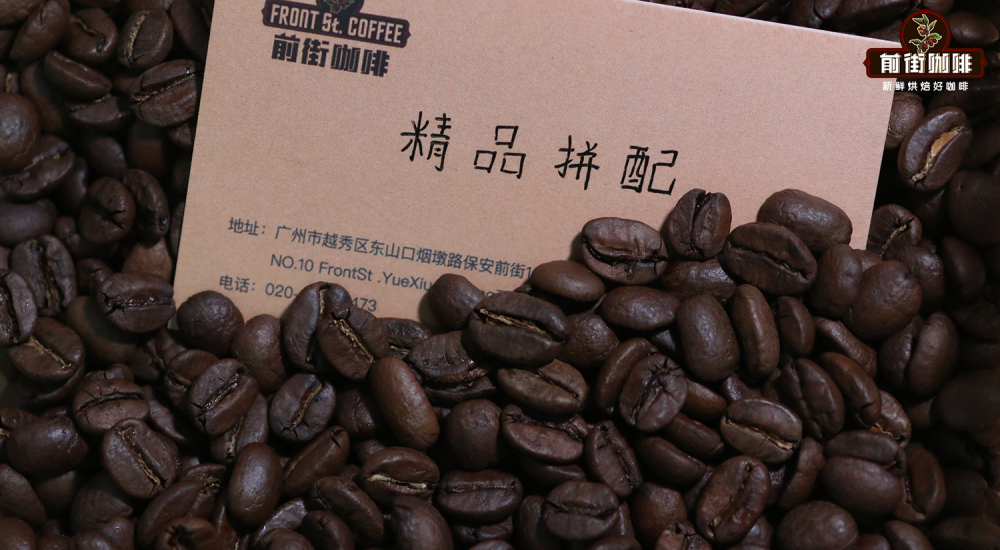
This blend is made in front of Brazil and Colombia, with a hint of baked grass, a slightly bitter fragrance, and a pleasant finish. This is because the coffee beans in the Colombian Cymbidium area have a pleasant sour taste, mellow smell, moderate acidity, rich sweetness and endurance.
It is intriguing that the coffee beans in the Hilado region of Brazil have a comfortable sweet and bitter taste, and the entrance is extremely smooth. So it's a wonderful match.
Qianjie coffee commercial mix flavor: caramel sweet, nut and cocoa, dark chocolate flavor, sweet and sour balance, a little bittersweet, lingering finish. Recipe: Colombia: Brazil: Robusta = 3:6:1
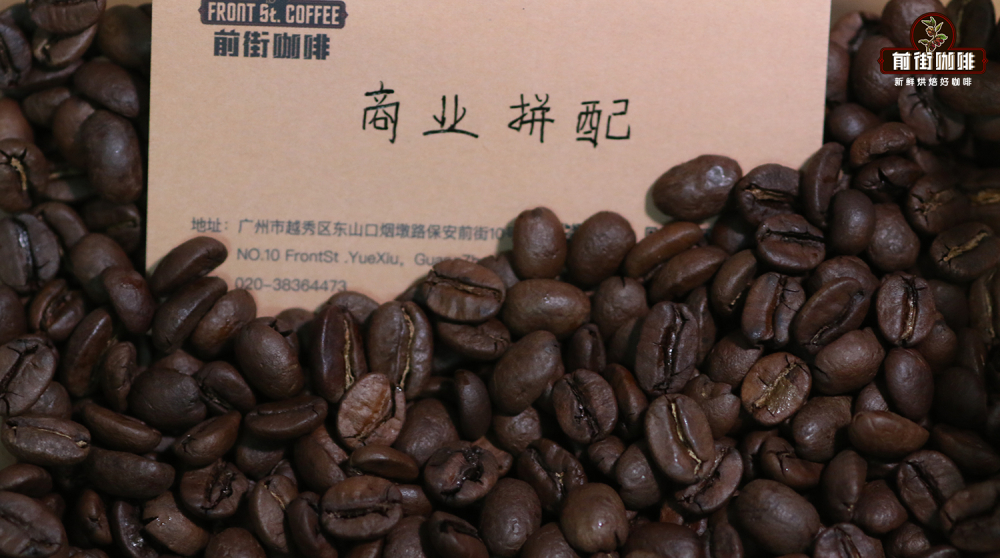
This mix uses Brazilian and Colombian coffee beans and 10% robusta coffee beans in front of the mix. The taste is classic. Qianjie believes that this blend has rich grease and taste and caramel sweetness, with nutty and cocoa flavors, dark chocolate flavor, sweet and sour balance, a little bitterness and a long finish. This commercial blend, like the Qianjie boutique coffee mix, uses Colombian and Brazilian coffee beans, except that Robusta provides rich oil, making the coffee taste more mellow.
Qianjie coffee basic blend flavor: with soft fruit acid, caramel sweetness, nutty, dark chocolate flavor, smooth and sticky, but light taste. Recipe: Yunnan: Brazil = 3:7
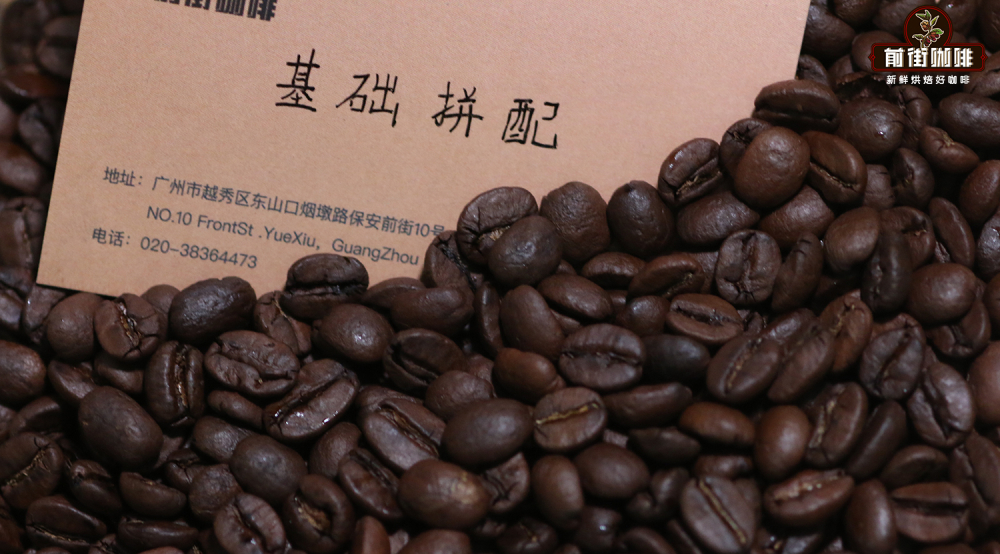
The front street is made up of Brazil and Yunnan. Qianjie thinks it tastes sweet with soft fruit acid and caramel, as well as nutty and dark chocolate, smooth and sticky, but light. This is because the natural conditions of Yunnan are very similar to those of Colombia, with high altitude, great temperature difference between day and night, mellow flavor, moderate sour taste, rich and mellow taste, uniform particles, more oil, and fruity flavor, and its quality and taste is similar to Colombian coffee. But it is still slightly lighter than that in Colombia, while the coffee beans in Brazil's Hilado region have a comfortable sweet and bitter taste and are extremely smooth in entrance. Therefore, the mixed flavor of these two kinds of coffee beans is also good, and this basic combination of coffee beans has a very high performance-to-price ratio, which is suitable for Italian beginners and small coffee shops.
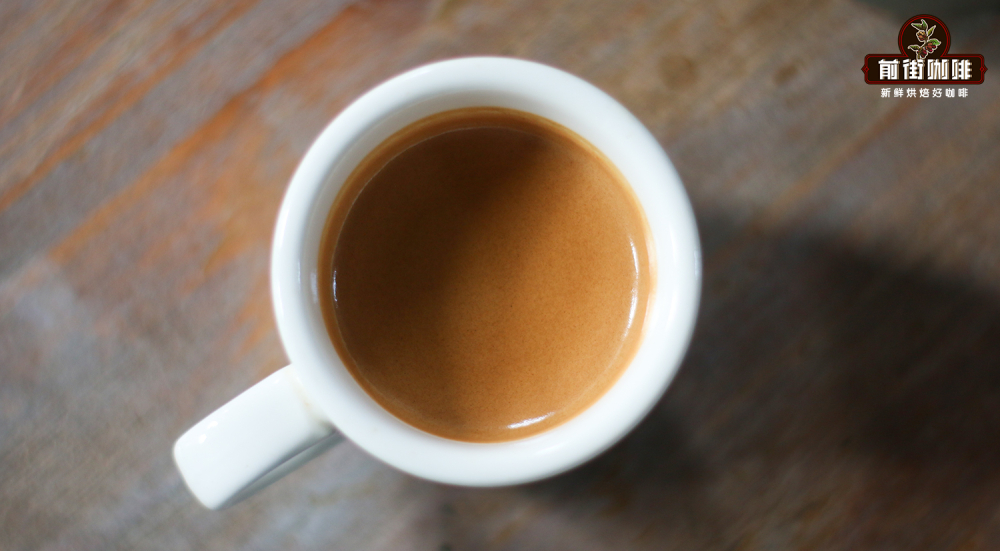
The above is the relevant content about Australian white coffee organized by Qianjie Coffee. I hope it can help coffee lovers who want to know about it so that they can choose Italian coffee beans that suit their taste in the future.
For more boutique coffee beans, please add private Qianjie coffee on Wechat. WeChat account: kaixinguoguo0925
Important Notice :
前街咖啡 FrontStreet Coffee has moved to new addredd:
FrontStreet Coffee Address: 315,Donghua East Road,GuangZhou
Tel:020 38364473
- Prev
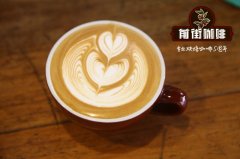
Coffee roasting: what happens when coffee beans are not dehydrated enough in roasting?
Professional coffee knowledge exchange more coffee bean information please follow the coffee workshop (Wechat official account cafe_style) 1. No matter how the beans are baked, unless the beans are baked into charcoal, or the raw beans are baked into ripe beans, there will still be a certain amount of water inside it. According to the literature description, most of the residual water is produced by chemical reactions in beans. From the beginning of the bean to the end of the bean, the bean
- Next
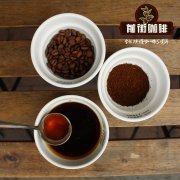
What is the theoretical standard of coffee gold cup extraction? What is the best brewing ratio according to the SCA gold cup extraction criteria?
Professional coffee knowledge exchange more coffee bean information please follow the coffee workshop (Wechat official account cafe_style) in fact, the "Golden Cup Criterion" is not a new discovery in the 21 century, although after many amendments, it was not until the advent of coffee concentration testing equipment that the salted fish made a big comeback, and it has also become the pursuit of Eurasian coffee staff.
Related
- Beginners will see the "Coffee pull flower" guide!
- What is the difference between ice blog purified milk and ordinary milk coffee?
- Why is the Philippines the largest producer of crops in Liberia?
- For coffee extraction, should the fine powder be retained?
- How does extracted espresso fill pressed powder? How much strength does it take to press the powder?
- How to make jasmine cold extract coffee? Is the jasmine + latte good?
- Will this little toy really make the coffee taste better? How does Lily Drip affect coffee extraction?
- Will the action of slapping the filter cup also affect coffee extraction?
- What's the difference between powder-to-water ratio and powder-to-liquid ratio?
- What is the Ethiopian local species? What does it have to do with Heirloom native species?

